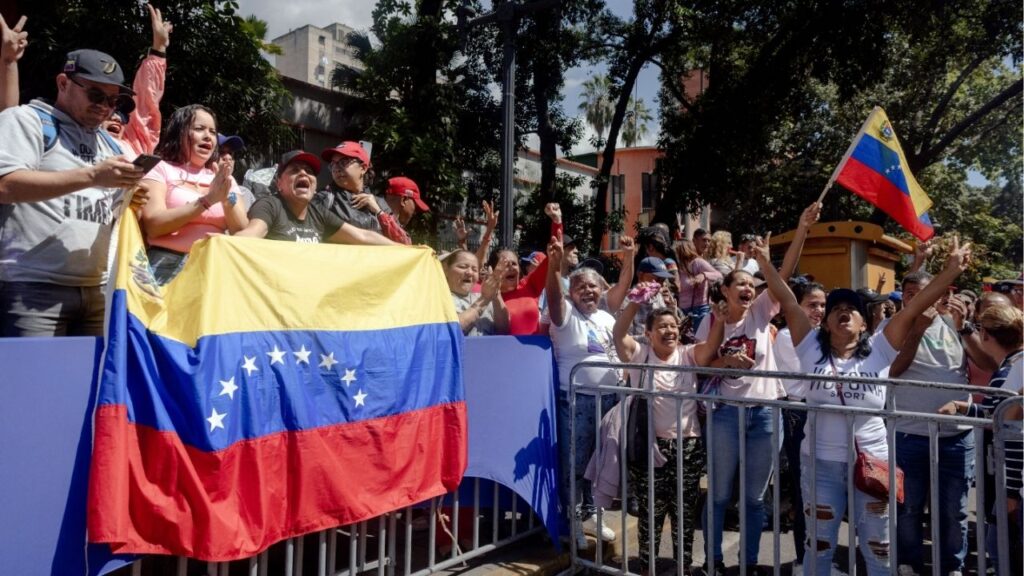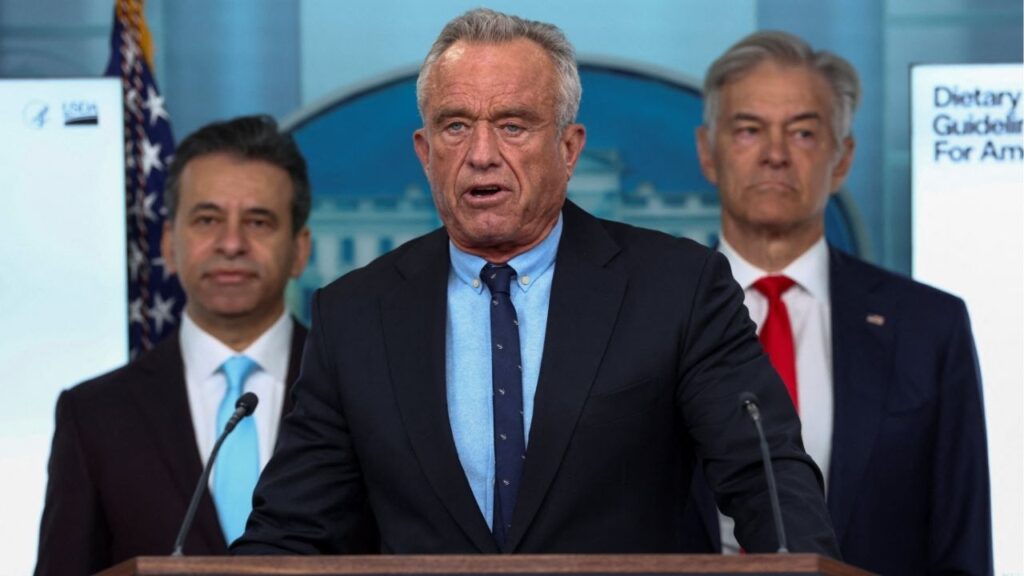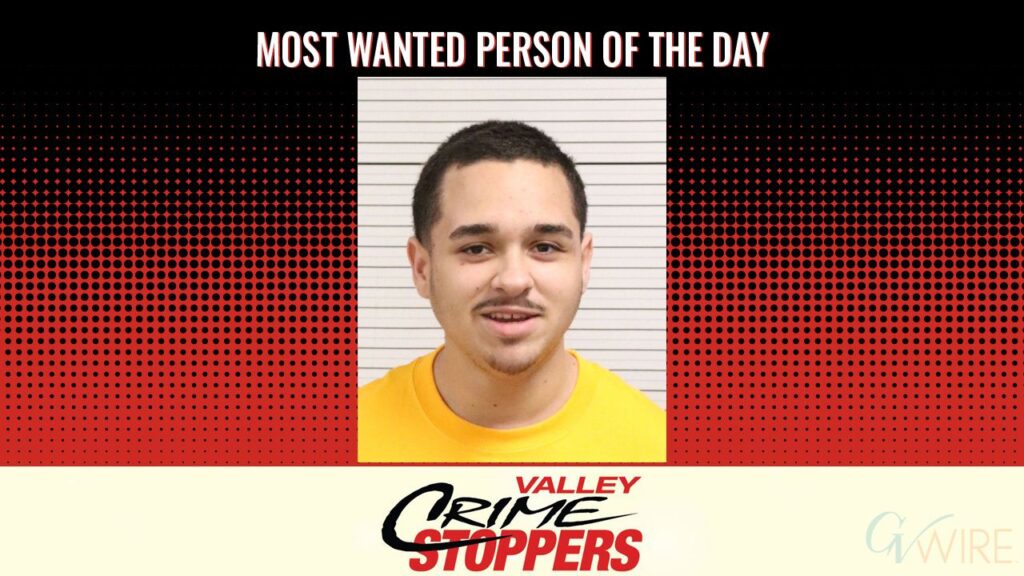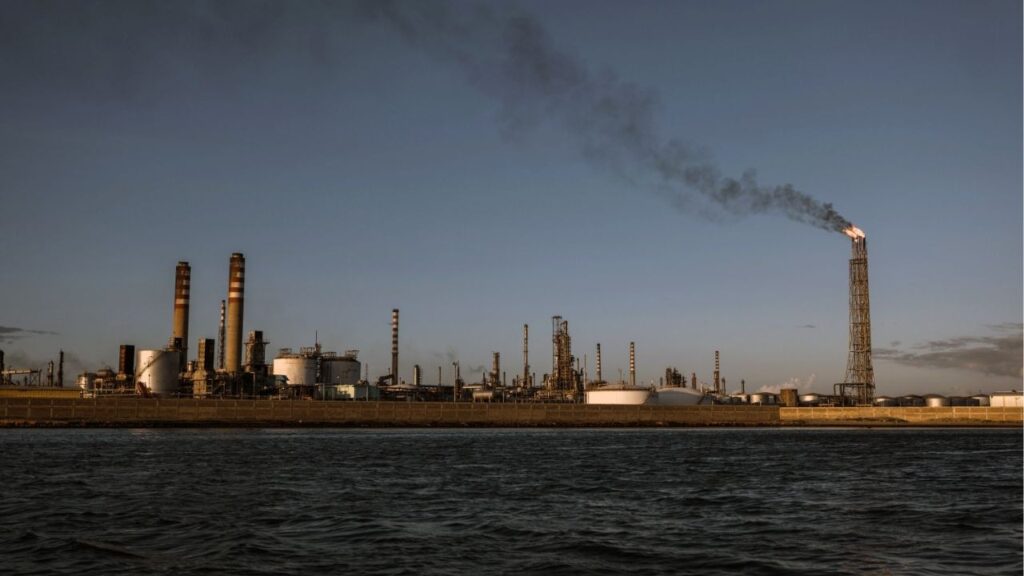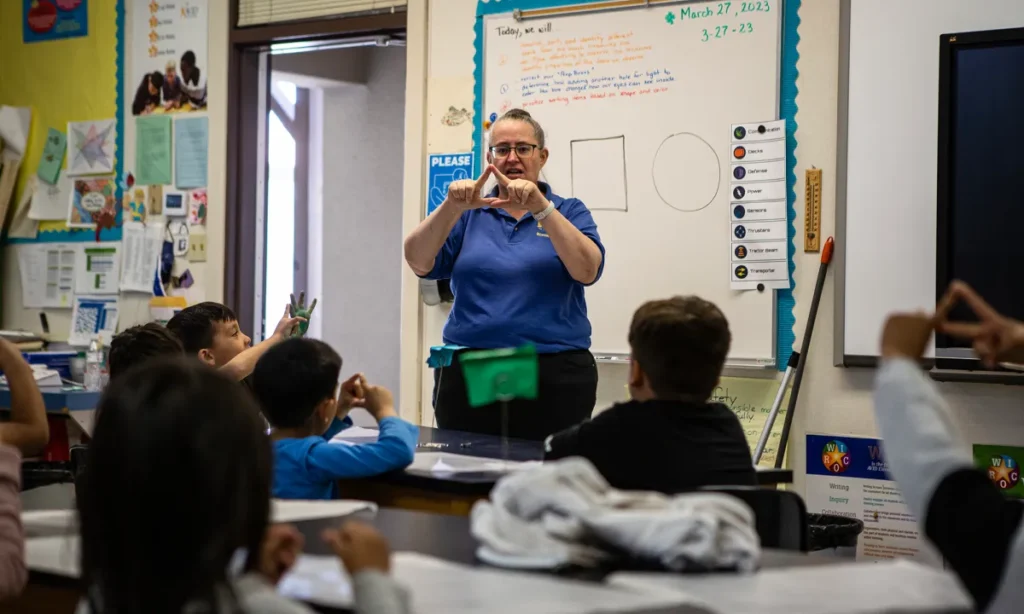Share
Technically, California’s San Joaquin Valley – the drainage plain of the San Joaquin River – begins a few miles south of Sacramento and ends a few miles south of Fresno.

Opinion
Dan Walters
CALmatters Commentary
The 300-mile-long valley is the heart of California’s largest-in-the-nation agricultural industry and much of its oil production, home to 4 million people (10 percent of the state’s population) and, unfortunately, has some of the state’s deepest poverty and most polluted air.
Politically, the valley has undergone several evolutions, coinciding with demographic changes.
Dust Bowl refugees who settled in the region in the 1930s tended to bring their Democratic leanings with them and until the 1960s, it mostly sent Democrats – albeit of the conservative, pro-agriculture variety – to Congress and the Legislature, personified by Fresno’s long-serving congressman, Bernie Sisk.
However, the civil rights and antiwar turmoils of the era, and a leftward drift in Democratic politics, gave Republicans an opening and it became a GOP stronghold in the 1970s and 1980s.
Arnold Schwarzenegger More or Less Adopted the Valley
That’s been reversing again, thanks to the general erosion of the Republican brand in California and Donald Trump’s presidency, which has generated a surge of political activism by the region’s majority Latino population.
Last year, two of the region’s GOP-held congressional districts flipped, as well as two Senate districts. That said, John Cox, the Republican candidate for governor, did well in the region against the eventual winner, Democrat Gavin Newsom.
San Joaquin Valley civic leaders and politicians of both partisan stripes have long complained that it gets short shrift because the state’s politics are dominated by the heavily populated coastal metropolitan centers.
A lack of convenient transportation linking it to coastal cities and educational shortcomings have, they say, crippled the region’s efforts to diversify its agriculture-centered economy and lift its residents out of poverty.
As governor, Arnold Schwarzenegger more or less adopted the valley, making numerous visits, setting aside $1 billion to upgrade Highway 99, the region’s transportation backbone, and supporting a statewide bullet train system that would connect it to the rest of California.
Successor Jerry Brown was even more supportive of the project and although it has been a divisive issue – opposed by most farmers, for example – civic leaders saw it as a magic bullet, as it were, that would allow the region to join the state’s post-industrial, technology-heavy economy.
A Project in Great Distress
Despite his relatively poor showing in the region last year, Gov. Gavin Newsom clearly wants to be known as its champion, especially in lowering poverty.
However, the occasion of that visit was to placate local leaders after announcing that while he wants to complete a section of bullet train track in the valley, the rest of the system will be in limbo.
“The project, as currently planned, would cost too much and take too long,” Newsom said in his first State of the State address.
It was an accurate portrayal of a project in great distress, but a muddled message that he tried to rationalize later by saying he hadn’t given up on connecting the valley to the rest of the state, albeit without providing any specifics.
Did it leave San Joaquin Valley’s residents wondering whether they are second-class Californians?
CALmatters is a public interest journalism venture committed to explaining how California’s state Capitol works and why it matters. For more columns by Dan Walters, go to calmatters.org/commentary.
[activecampaign form=19]
Categories

LaMalfa’s Death Further Depletes House GOP Majority
